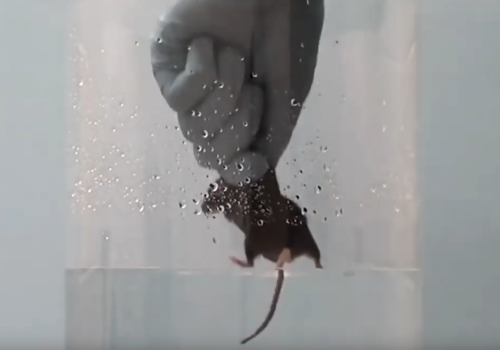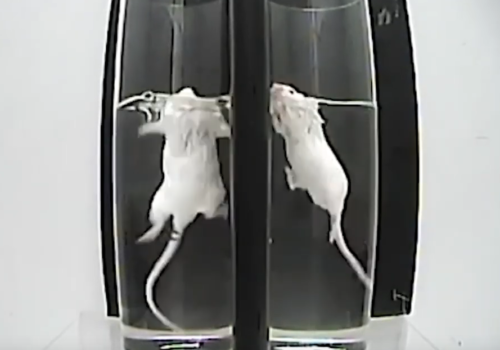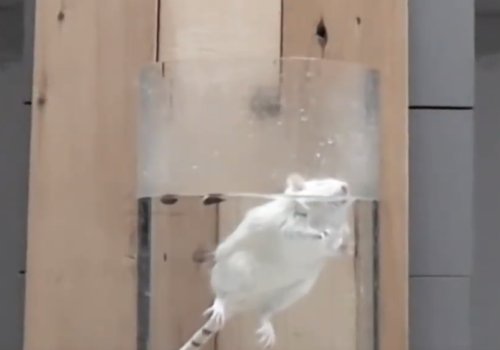In the forced swim test, experimenters often dose mice or other small animals with a test substance, put them in sheer-sided containers of water, and watch them paddle furiously in search of an exit, desperately trying to keep their heads above the surface. At some point, they stop swimming and start floating. Experimenters time how long it takes for this to happen on the absurd assumption that this can tell us something about the psychological state of humans with clinical depression.
The test does nothing more than terrify animals and delay the development of effective new treatments for neurobehavioural conditions such as depression and stress, which are desperately needed.
King’s College London and the University of Adelaide in Australia as well as many major pharmaceutical companies have stopped subjecting animals to the forced swim test. It’s time others followed suit and invested in humane, human-relevant non-animal methods. Tell the University of Bristol, the University of Bath, pharmaceutical giant Eli Lilly, and pharmaceutical giant Sanofi to make the switch.
Take Action Now
As soon as you take one action below, another will automatically appear in its place. Just enter your information once, then keep clicking the “Send Message” button until you’ve completed them all.
Help Spread the Word
Please help us keep the pressure on by sharing this page with your friends, family members, and social media followers and asking them to do the same.
Share on Facebook Share on Twitter
Sharing our content may mean you also share your personal data with the chosen social media platform. Find out more here.







